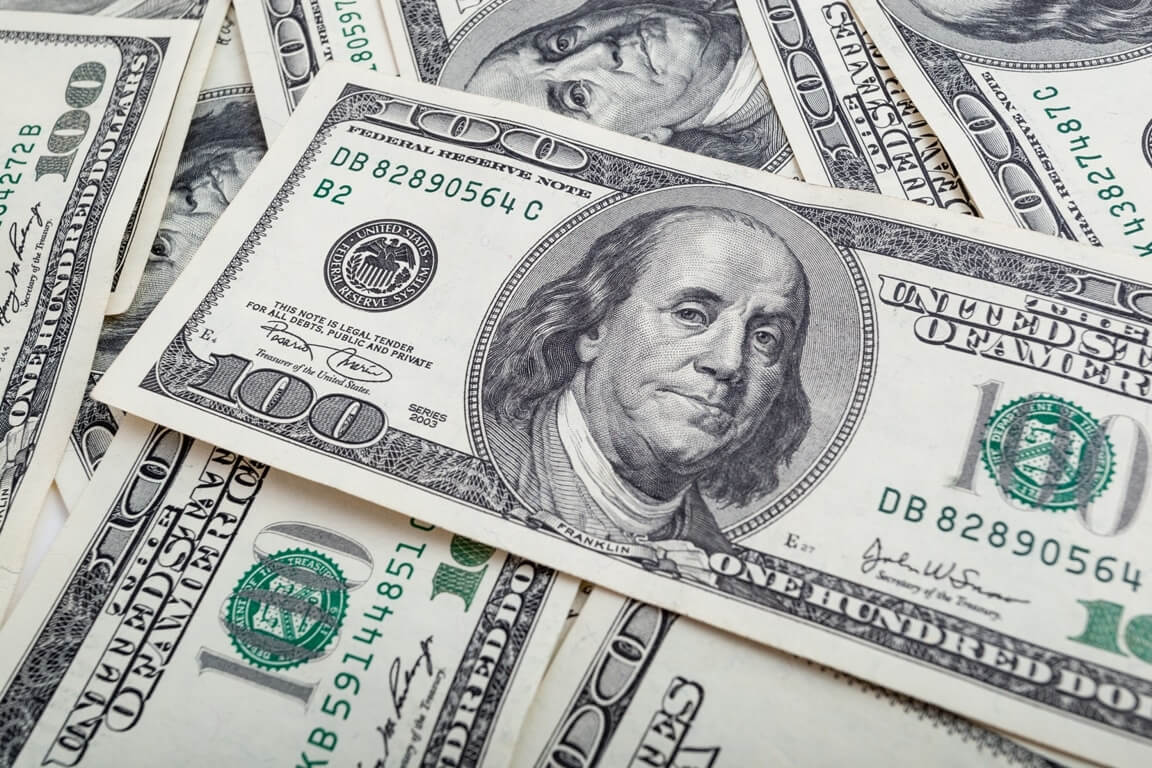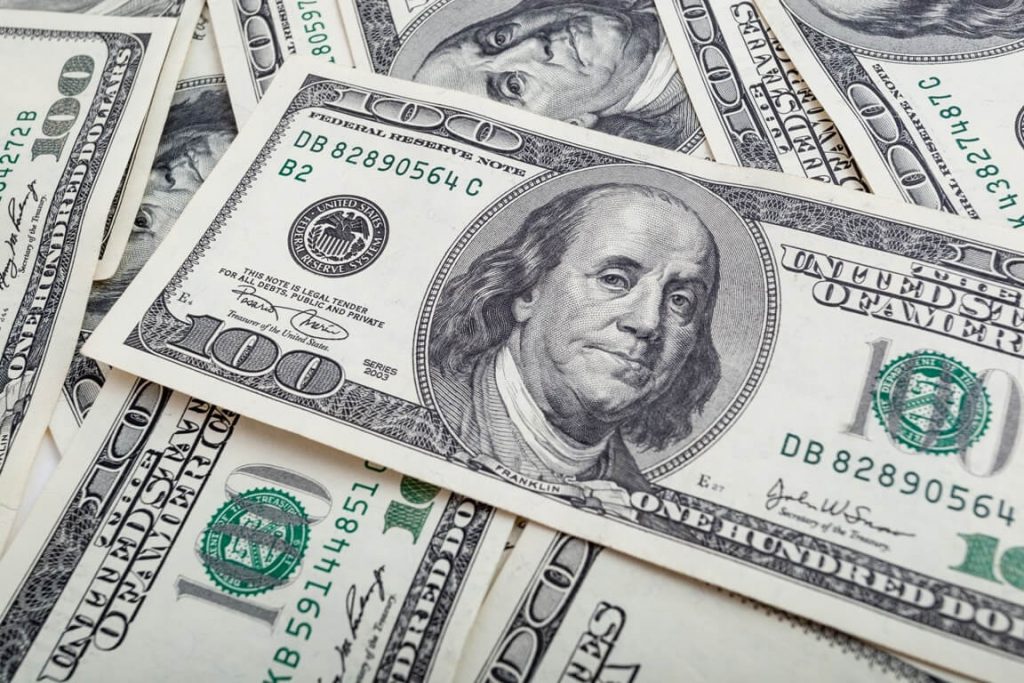
The Dollar Is Falling
The dollar fell on Tuesday as US government yields halted their relentless rise, bringing some respite to stock markets and enabling the sterling and euro to move further away from multi-year lows.
The AUD was also in the spotlight. It fell 1 percent after the CB rate hike.
The euro last rose by 0.5% at $0.98766. This was a modest rebound from its 20-year bottom of $0.95218 on September 26. Meanwhile, sterling rose by 0.6% to $1.1380 from a low of $1.03227 the same day.
After recent government-induced turbulence, the pound welcomed a calmer British government bond market. The NZD has gained 2.6% since the start of the week, while the Norwegian crown has gained 3%.
The benchmark 10-year Treasury yield was 3.5677%, down considerably from last week’s peak of 4%.
One element driving the dollar’s recent advances has been the steady rise in US yields as the Federal Reserve hikes rates rapidly.
Following overnight advances in the United States, shares in Asia and Europe gained on Tuesday in keeping with the improving attitude. Elsewhere, the dollar was little changed, trading at 144.7 yen against the yen, remaining below 145 for the first time since Japanese officials intervened to strengthen their currency on September 22.
Japanese Finance Minister Shunichi Suzuki reiterated that the government is ready to take “tough” action on the exchange rate market if the yen continues to experience “sudden and one-way fluctuations.”
The AUD rises when investors gain confidence in riskier assets. It was up 0.153% at $0.65235. This was a recovery after a 1% drop earlier in the day when the Reserve Bank of Australia hiked interest rates by 25 bps, stating that rates had risen significantly in a short period.


